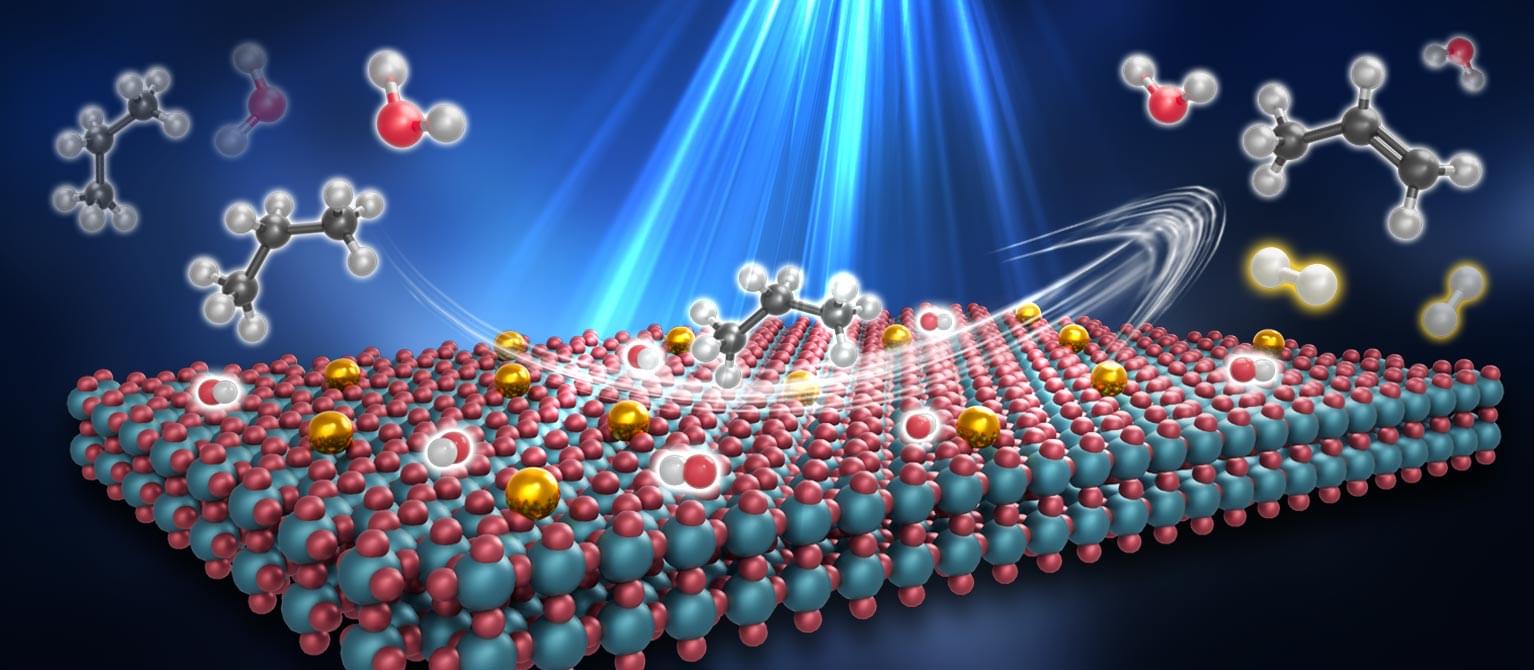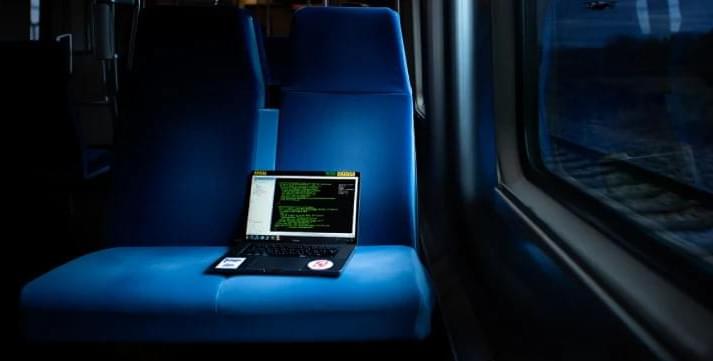Scientists have pioneered a water- and light-driven method for converting propane at near-room temperature, opening the door to sustainable, low-energy catalysis. Propane dehydrogenation (PDH) is a chemical process that requires a large input of heat, typically needing temperatures above 600°C wh





